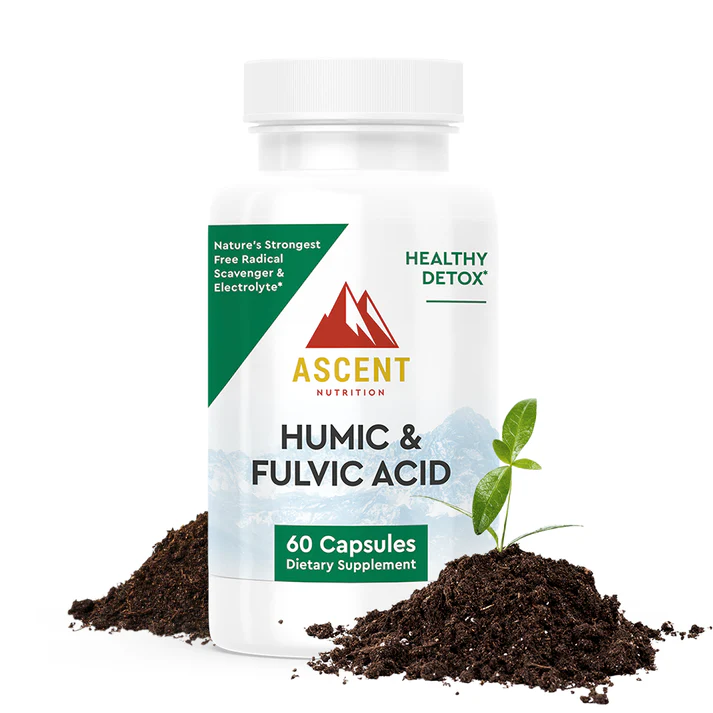(Zoey Sky) Glitter is tiny, sparkly and festive, but these minuscule particles are harmful to the environment. According to experts, glitter should be banned to protect oceans and marine life.
Related Biden Begins with HUMILIATING Approval Rating as the WEAKEST President EVER! (Video)
by Zoey Sky, June 8th, 2021
Why is glitter bad for the environment?
Glitter particles are very small, and marine animals often mistake them for food. This is bad because microplastics like glitter can damage their livers and affect their behavior. Each glitter particle also takes thousands of years to break down.
Back in 2017, Dr. Trisia Farrelly from Massey University in New Zealand advised that “all glitter should be banned because it’s microplastic.” She added that producers should take responsibility for selling disposable, single-use plastics that cause environmental damage and harm marine life.
Both the U.S. and the U.K. have tried to ban microplastics by prohibiting the manufacture of cosmetics and care products with microbeads. Banning these products will help protect marine environment from a common source of plastic pollution.
Microbeads in cosmetics and other products are washed down the drain and pollute the seas. Fish and crustaceans also often mistake them for food. Studies suggest that microbeads have adverse effects on the health of marine animals.
Glitter is just as bad as toxic microbeads
Glitter is made from tiny pieces of plastic, making it just as bad for the environment as microbeads. It is usually made with a thin colored layer and a reflective layer like aluminum. These layers are then bonded into a thin sheet and cut into tiny shapes.
Commercial glitter used for crafting and decorations can range from 0.05 to 6.35 mm (0.002 to .25 inches) in size. Meanwhile, cosmetic glitter is often made of tiny particles of plastic, aluminum and coloring. Cosmetic glitter is used in products like makeup, nail polish and hair spray.
If your kids have ever used glitter for an arts and crafts project at home, you’ll know how difficult it is to clean up. Imagine how much harder it is to get rid of glitter that’s polluting the oceans. (Related: “Eco-friendly” glitter just as damaging to the environment as conventional glitter, study finds.)
Experts are calling for the ban on glitter because it’s made of a polymer called polyethylene terephthalate (PET) or Mylar that ends up in landfills. Glitter can also get washed down drains, where they finally end up in water sources.
Glitter accounts for a shocking 92.4 percent of the total 5.25 trillion pieces of plastic polluting the world’s oceans. Once glitter reaches bodies of water, it can absorb chemicals and pollutants, which makes them toxic to marine animals that accidentally consume them.
Glitter can be eaten by plankton, which is then eaten by fish. You can even get glitter into your system by eating contaminated fish. Experts also warn that there’s no way to keep glitter out of the food you eat. Studies have found that microplastics can even be found in tap water.
Greener glitter alternatives
If your kids insist on using glitter for arts and crafts, try making biodegradable glitter using Epsom salts.
Materials:
- Epsom salt, the plain and coarse kind
- Jars
- Craft sticks or spoons for stirring
- Water-based paint or food coloring
Steps:
- Put enough Epsom salt into a jar, about the same amount as how much glitter you want to make.
- Add some paint or several drops of food coloring.
- Stir until the Epsom salt is well coated.
- Spread out the colored Epsom salt and let it dry for 12 to 24 hours. Break up any clumps before using.
Save 10% and get free shipping with a subscription!Fight viruses, remove heavy metals and microplastics, and restore your gut all at once with
Humic and Fulvic Acid from Ascent Nutrition.
MUST HAVE DETOX POWERHOUSE!
Stillness in the Storm Editor: Why did we post this?
The news is important to all people because it is where we come to know new things about the world, which leads to the development of more life goals that lead to life wisdom. The news also serves as a social connection tool, as we tend to relate to those who know about and believe the things we do. With the power of an open truth-seeking mind in hand, the individual can grow wise and the collective can prosper.
– Justin
Not sure how to make sense of this? Want to learn how to discern like a pro? Read this essential guide to discernment, analysis of claims, and understanding the truth in a world of deception: 4 Key Steps of Discernment – Advanced Truth-Seeking Tools.
Stillness in the Storm Editor’s note: Did you find a spelling error or grammatical mistake? Send an email to [email protected], with the error and suggested correction, along with the headline and url. Do you think this article needs an update? Or do you just have some feedback? Send us an email at [email protected]. Thank you for reading.
Source:
https://www.naturalnews.com/2021-06-08-glitter-toxic-pollutant-that-should-be-banned.html
Support our work! (Avoid Big Tech PayPal and Patreon)DIRECT DONATION


Leave a Reply